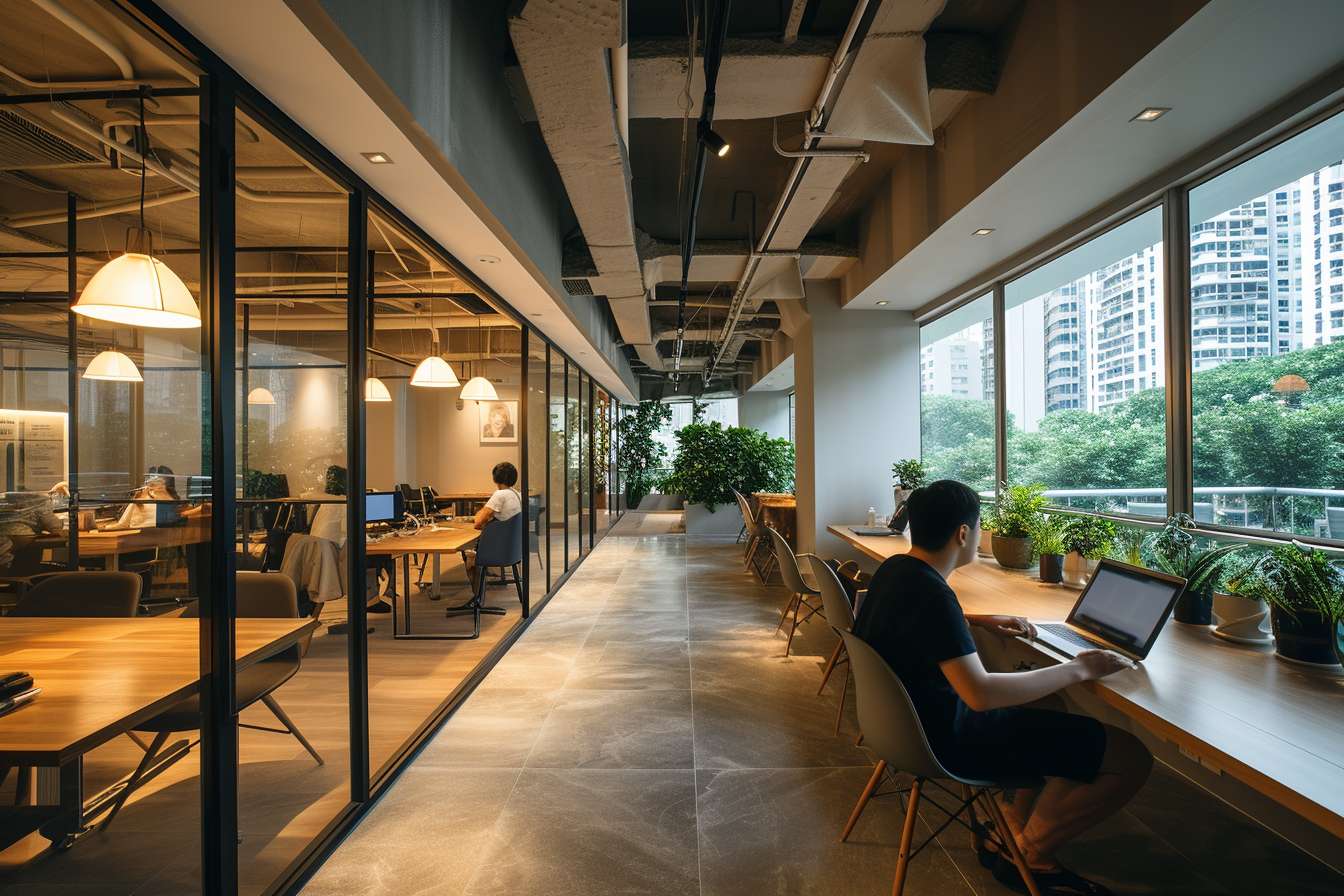Daily routines and time-blocking techniques for remote work
Establishing a consistent daily routine and practical time-blocking habits helps remote workers create structure, reduce decision fatigue, and maintain steady productivity. This teaser outlines how intentional scheduling, thoughtful workspace setup, and small wellness practices combine to support focused work, reliable breaks, and a sustainable remote work rhythm.

Remote work benefits from predictable routines and deliberate time blocks that separate focused work, meetings, and rest. A reliable daily structure reduces friction around starting tasks, helps manage interruptions, and supports wellbeing across a long workweek. This article offers practical approaches to designing a workspace, applying ergonomics, scheduling blocks, controlling acoustics, organizing cables and storage, and using lighting and decor to sustain energy and concentration.
Designing your workspace for focus
A well-considered workspace aligns furniture, storage, and decor so the environment supports tasks rather than distracts from them. Position your desk to reduce glare, choose a chair and desk height that suit your posture, and keep frequently used items within reach to minimize interruptions. Add plants and simple decor to humanize the area while avoiding cluttered surfaces; intentional cues can signal when it’s time to work. Use closed storage for nonessential items and open storage for reference materials, so the visual field remains calmer and easier to maintain.
Managing ergonomics and wellness
Ergonomics and regular wellness checks are core to sustaining long-term remote work. Adjust monitor height so the top third of the screen is at eye level, maintain a neutral wrist position, and use a supportive chair with lumbar support. Integrate short movement breaks: stand, stretch, or walk every 45–60 minutes to reduce stiffness and mental fatigue. Track simple metrics like daily steps or stretch frequency to encourage consistency. This article is for informational purposes only and should not be considered medical advice. Please consult a qualified healthcare professional for personalized guidance and treatment.
Time-blocking and scheduling strategies
Time-blocking groups similar tasks into uninterrupted blocks to protect deep work and limit context switching. Start by mapping fixed commitments (meetings, calls) and then reserve longer blocks for high-focus tasks during your peak energy hours. Use color-coded calendar blocks to indicate task type and allow short transition buffers between blocks. Schedule administrative work and email processing in distinct, shorter blocks so these low-focus tasks don’t fragment priority work. Review and adapt blocks weekly to reflect changing priorities and realistic task completion times.
Minimizing distractions: acoustics and privacy
Sound control and visual privacy help maintain concentration during blocks of focused work. Use soft furnishings, rugs, and bookcases to dampen echoes and consider a directional microphone or noise-reducing headset for calls. If you share space, set visible signals—such as a door sign or light—to indicate when you are in a do-not-disturb block. Arrange the workspace to reduce on-camera background distractions for meetings, and use privacy screens or plants to create a more defined work area within a multipurpose room.
Organization, cabling, and storage solutions
Efficient organization supports streamlined routines and reduces the time spent looking for tools or documents. Adopt a simple filing system—both digital and physical—and schedule a weekly tidy-up block to put items back in place. Implement cabling solutions such as cable sleeves, clips, or under-desk trays to keep power and data lines out of sight and prevent trips or accidental unplugging. Prioritize modular storage: a combination of drawers and vertical shelving provides flexible options for supplies, reference materials, and tech accessories.
Lighting, decor, and plants for wellbeing
Lighting affects alertness and mood: aim for layered lighting with ambient, task, and accent sources. Position task lights to illuminate work surfaces without causing screen glare and use warmer ambient light for early mornings or late afternoons to reduce eye strain. Incorporate low-maintenance plants for improved air quality and a calming visual element, and choose decor that reflects personal taste without creating clutter. Balanced lighting, subtle decor, and greenery can subtly boost comfort and help mark the work zone as distinct from living space.
Daily routines and time-blocking are complementary tools: routines anchor your day while time blocks protect the work that matters. Combine a thoughtfully arranged workspace with ergonomic habits, clear privacy and acoustics strategies, and disciplined scheduling to reduce friction and preserve energy. Regular review of your blocks and workspace setup will help you refine what works for your role, energy patterns, and living situation, making remote work more sustainable and productive.





